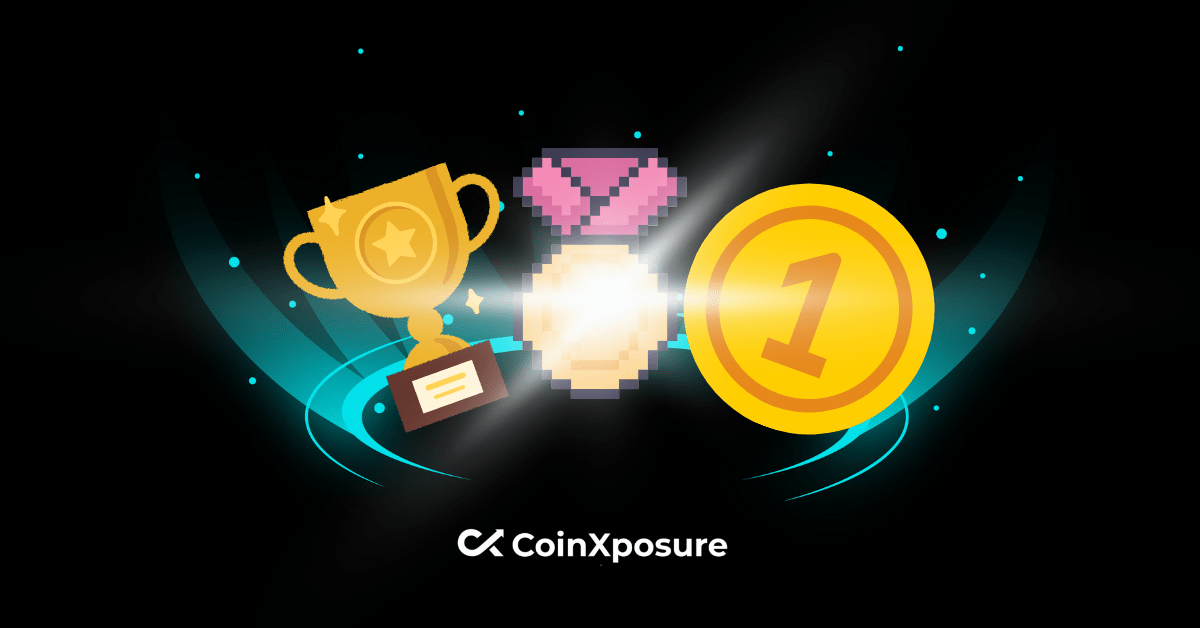
Own Your Game: Understanding Asset Ownership in Web3 Gaming
Web3 gaming offers a way to have fun and gives you room to own assets while having thrilling experiences. This article discusses asset ownership in web3 gaming.
Imagine living in a time where your gaming efforts result in physical assets you own and can sell. That world is no longer a place of imagination. It is now possible to possess digital assets in gaming.
Join us as we walk through the meaning, benefits, and challenges of asset ownership in web3 gaming.
What is Web3 Gaming?
Web3-based gaming, often known as blockchain gaming, is defined as gaming that uses distributed ledger technology to provide greater transparency, security, democratization, and user control over in-game assets.
Web3 games use blockchain’s decentralized, peer-to-peer architecture and feature cryptocurrencies and non-fungible tokens (NFTs).
Blockchain technology enables players to own, trade, and transfer in-game things such as NFTs and other digital assets without needing a third party.
The assets are maintained and traded on decentralized marketplaces through smart contracts.
Decentralization provides numerous unique benefits to both the gaming business and players.
With blockchain’s greater transparency and security, decentralized gaming gave rise to the play-to-earn (P2E) gaming paradigm, in which gamers earn crypto by playing and leveling up in games.
Web3 gaming strengthens the gaming industry’s financial position with technologies such as decentralized autonomous organizations (DAOs), crypto-secured game wallets, and the Metaverse.
Understanding Asset Ownership in Web3 Gaming
Digital asset ownership in web3 gaming is a game-changing idea that fundamentally alters players’ relationships with their in-game objects.
Blockchain technology enables this paradigm change by establishing the infrastructure for producing, tracking, and exchanging digital assets.
Virtual money, equipment, characters, and virtual land are all examples of digital assets in gaming.
In traditional games, these materials are often locked within the game environment and managed by the developers or publishers. Players may have access to these assets but not own them.
They cannot transfer them to other players outside the game’s setting, sell them for real money, or keep them if the game is closed.
In contrast, the player legitimately owns blockchain-based digital assets, also known as Non-Fungible Tokens (NFTs).
The blockchain’s distributed ledger tracks the creation and ownership of these assets, and it is transparent, immutable, and independent of any central authority.
This distinction gives participants significantly more influence over blockchain-based digital assets.
They can sell or exchange these assets on third-party marketplaces, possibly earning real-world money from their gaming activity.
Moreover, because the assets exist outside the game, they remain even if it is closed down. This permanency increases players’ faith in the worth of their goods and encourages more significant investments in the game.
However, it is essential to note that not all games using blockchain technology will implement genuine digital asset ownership, and the rights and capacities associated with digital assets may differ.
Developers considering this transition should consider their approach and how it fits with their game design, user base, and economic model.
Let’s see the benefits and challenges of asset ownership in web3 gaming.
Benefits of Asset Ownership in Web3 Gaming
Some benefits of asset ownership in web3 gaming are;
- Economic opportunities
- True ownership
- Community governance
- Interoperability and cross-game value
- Unique identity
Economic Opportunities
NFTs allow users to monetize their abilities and time spent in-game.
Decentralized marketplaces enable the purchasing, selling, and exchanging of rare and valuable items, creating economic opportunities for both participants and developers.
Players can earn money by selling their in-game things, while developers can profit from transaction fees on these marketplaces.
True Ownership
Web3 gaming uses blockchain technology to give players ownership of their in-game assets. They are no longer dependent on game creators or centralized platforms.
Players have complete control over their assets; no one can steal or change their properties without the owner’s permission.
Community Governance
Asset ownership in Web3 gaming allows players to play a role in developing and managing their favorite games.
Decentralized autonomous organizations (DAOs) enable players to influence decision-making processes, vote on game updates, and contribute to the development roadmap.
This level of community control encourages a sense of ownership and strengthens the link between gamers and developers.
Interoperability and Cross-Game Value
Web3 gaming allows gamers to use their assets across several games and platforms.
NFTs are easily transferable between games, allowing players to retain the value of their assets even while switching games. This interoperability fosters a thriving, networked gaming ecosystem.
Unique Identity
Blockchain technology assures that in-game assets are verifiably rare and authentic. Each NFT is uniquely identifiable and tracked on the blockchain, preventing the possibility of counterfeit assets.
It increases the worth and integrity of uncommon objects, resulting in a more authentic gaming experience.
Challenges of Asset Ownership in Web3 Gaming
Despite the various benefits of asset ownership in web3 gaming, some drawbacks still need to be addressed. They include:
- Monetization and equity
- Scalability and speed
- Regulatory concerns
- Education and usability
- Security risk
Monetization and Equity
Distributing economic value from creators to players is a crucial component of Web3 gaming. However, there is rising concern about the fairness of this redistribution of value and its potential for abuse.
Scalability and Speed
Blockchain technology faces scalability and speed difficulties, particularly on Ethereum, the backbone of most Web3 gaming sites.
However, attempts are underway to develop layer 2 solutions and alternative blockchain networks that address these scaling issues.
Regulatory Concerns
As Web3 gaming and NFTs are still in their early stages, governments confront regulatory problems.
Ensuring clarity in investor protection, intellectual property rights, and taxation will be necessary for the long-term profitability and adoption of Web3 gaming.
Education and Usability
Many players must be made aware of blockchain technology and asset ownership. Educational activities and user-friendly interfaces are critical for integrating new users and providing a seamless experience.
Security Risk
In Web3 gaming, blockchain transaction security is crucial. Hackers could cause significant financial losses by exposing security weaknesses.
Before we go, let us quickly look into the top platforms that aid asset ownership in web3 gaming.
Top Platforms For Asset Ownership In Web3 Gaming
Some of the best platforms for asset ownership in web3 gaming are;
- The Sandbox
- Axie Infinity
- Ember Sword
- Alien Worlds
- CryptoBlades
The Sandbox

The Sandbox is a Web3 game platform where developers may share and monetize their voxel elements and game creations. It is a decentralized, community-driven gaming ecosystem.
It provides players with a blank canvas to express their creativity and create fun places for other players to visit.
Players can create unique items to sell in the Sandbox as part of a Web3 game platform.
As additional players invest money in the game, increasing its value and allowing you to sell it for a profit, owning LAND can potentially increase your fortune.
Additionally, Sandbox participants can lease their LAND to third parties, including game developers who do not own LAND.
Another way to earn SAND is to participate in tournaments or play platform games.
Axie Infinity
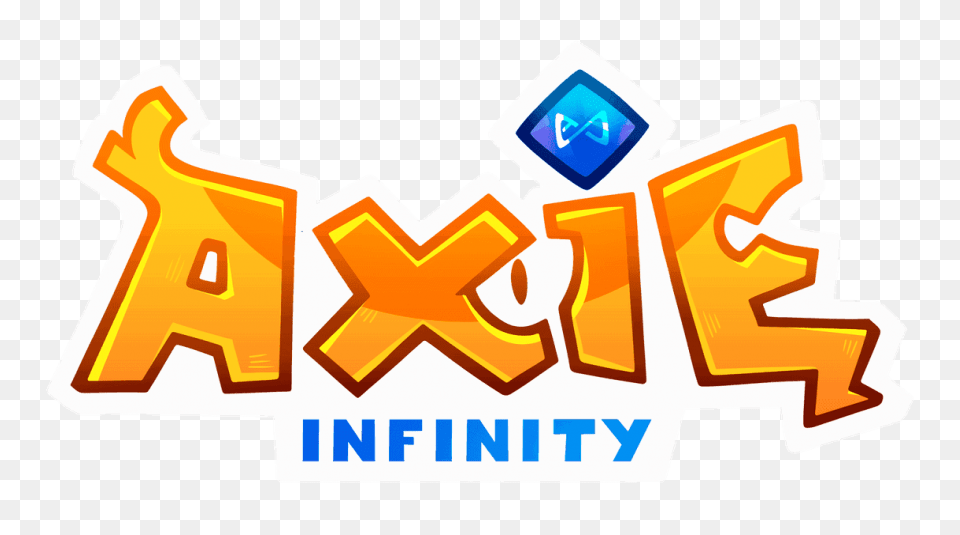
Sky Mavis released Axie Infinity in 2018. This NFTs game is the best Web3 game because it has a large community that will support it in the face of controversy.
Using a play-to-earn business model, the game operates on the Ethereum and Ronin blockchains.
It is similar to the Pokemon video games, which have Axies—creatures that must be trained before engaging in a fight.
Winning these conflicts allows participants to earn incentives and convert them into cryptocurrency holdings.
The participants must assemble the Smooth Love Potion or SLP. Simply logging in daily, taking part in daily adventures, and winning wars will gain you the SLP.
You can exchange these SLPs for cash or another cryptocurrency of your choosing.
Another way to profit from Axie Infinity is through breeding and trading Axies. On the Axie Marketplace, you can trade Axies from this breed.
Ember Sword
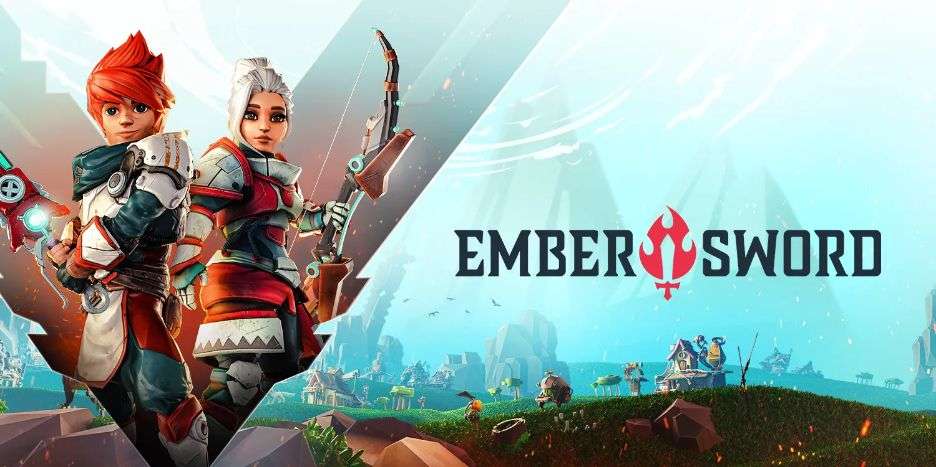
Ember Sword is based on countries and a dystopian moon. Landowners can participate in alpha testing, and their website is utilized to sell land. You can play the game for free or use the play-pay-earn option.
The Ethereum blockchain allows you to track land ownership and collect NFTs. The in-game money is Ember, an ERC-20 token that can be purchased from within the game.
As a result, you may use your token to buy real estate and collectible in-game NFTs.
Alien Worlds
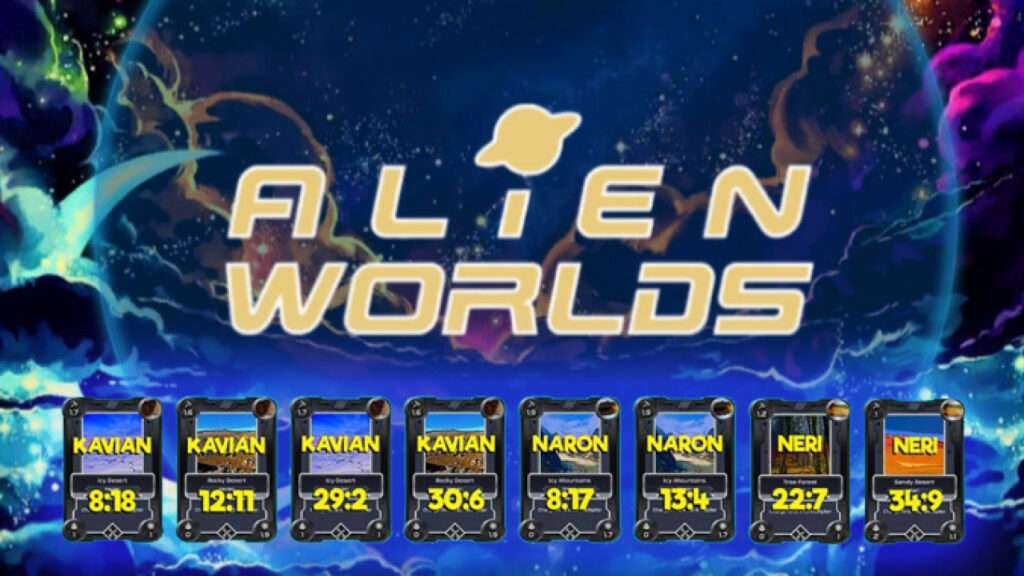
On the decentralized app market, the cryptocurrency game Alien Worlds has one of the fastest-growing and most popular user bases.
There are over 2.7 million participants, with over 745,000 new users joining the Metaverse each month.
Alien Worlds Gaming is the only gaming project that functions on three networks simultaneously: Ethereum, Binance Smart Chain, and WAX.
WAX, a fast and affordable blockchain, handles all settlement transactions and technical operations.
Users can exchange items available in NFT format and mine TLM, the game’s internal coin. Mining can be placed without the player’s active participation, provided they have a WAX wallet.
You don’t need to worry about how to withdraw money in Alien Worlds because the mined tokens appear immediately in the user’s wallet.
The initial investment impacts how much money you can make in Alien Worlds. Mining in Alien Worlds can reward players anywhere from tens to thousands of dollars monthly.
The developers promise to include multiplayer fighting, friend-team tasks, and other features, but the game’s functionality still needs to be discovered.
TLM staking is an alternative method for users to earn money in the interim. Coins should be defrosted for 48 hours.
CryptoBlades
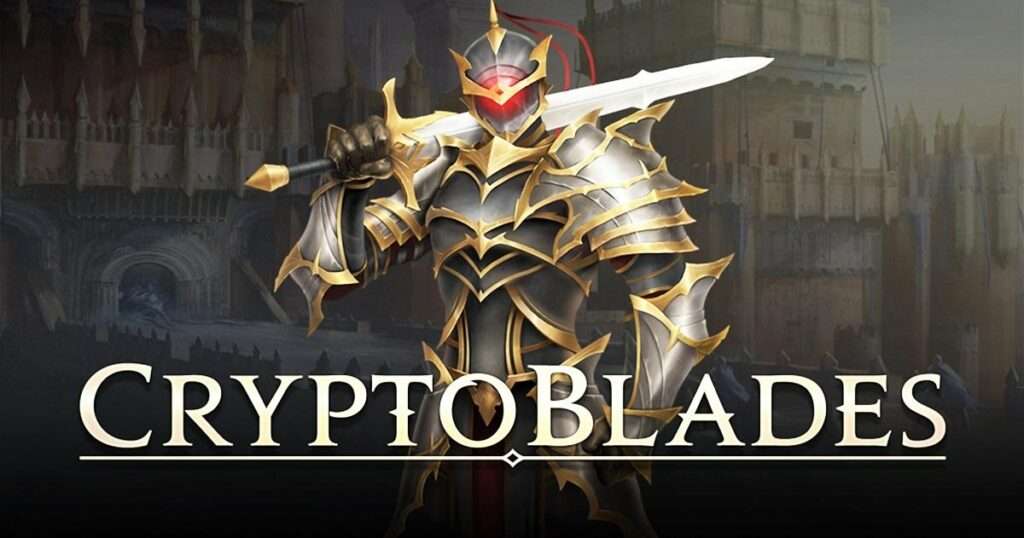
To participate in combat in the Binance Smart Chain (BSC) blockchain-based game CryptoBlades, you must first create and outfit characters.
It is one of the most well-known crypto gaming initiatives, with users earning more than $3 million daily. The decentralized application (d App) CryptoBlades has a monthly transaction volume of $99.65 million.
Players receive currency as rewards for winning battles, selling characters, and purchasing in-game things (NFT). To participate, you must have a connected Metamask wallet.
Before exchanging them for the internal CryptoBlades token, SKILL, the user buys BNB coins. You can use this money to acquire people and weapons and complete other in-game objectives.
Depending on the player’s level, the award for winning the conflict is usually 0.05 SKILL, but it might be higher or lower.
Tokens can be withdrawn, used in the game, or converted into cash. The 15% withdrawal commission drops by 1% per day.
Conclusion
As we look ahead, it is evident that asset ownership in web3 gaming will play an essential part in the advancement of the gaming industry.
The era of digital assets ownership in web3 is just getting started, as more players see the benefits of owning their in-game goods and more developers realize the promise of blockchain and Web3 technologies.
Game developers should seize this trend and use platforms like Ignitions to pioneer the next generation of gaming experiences.





